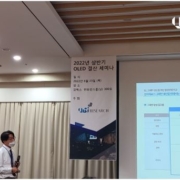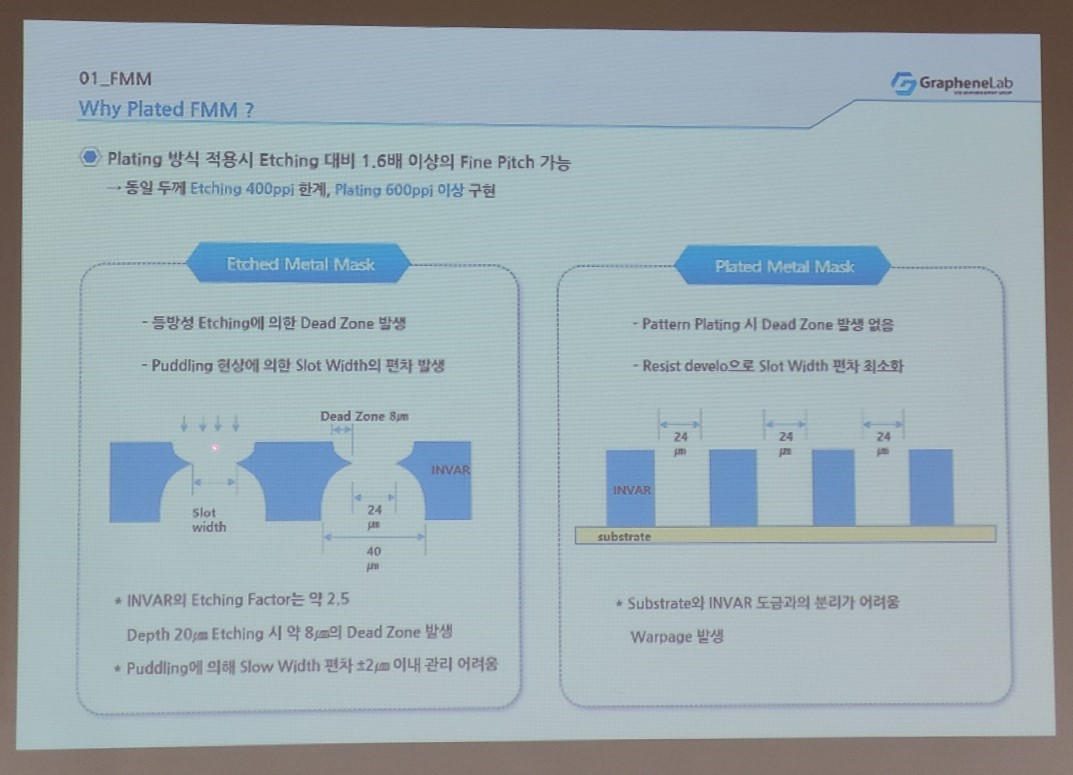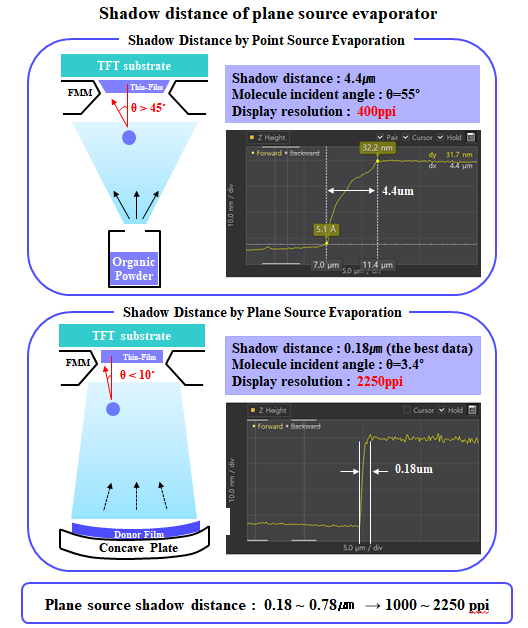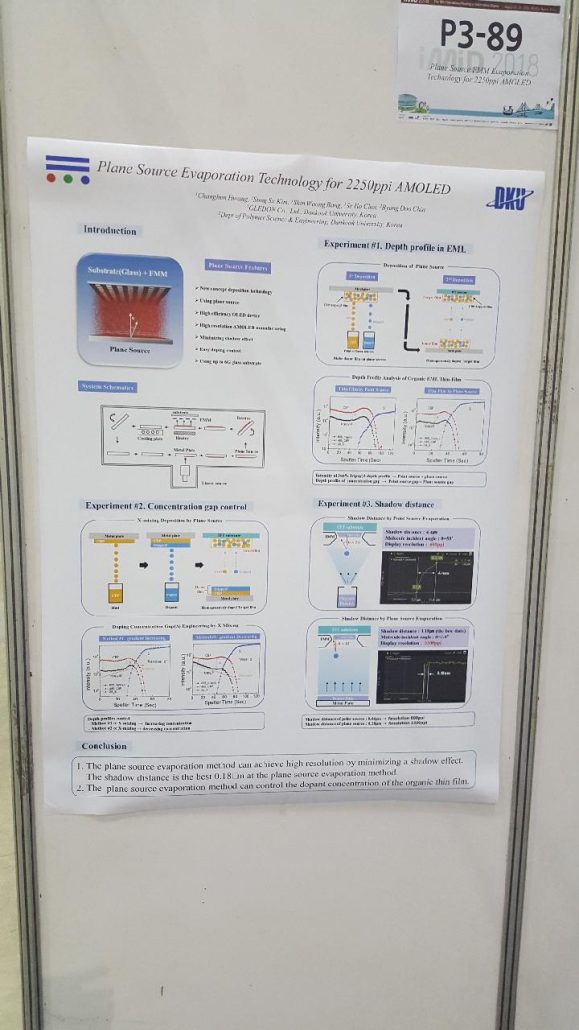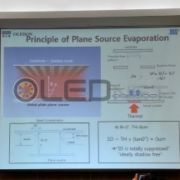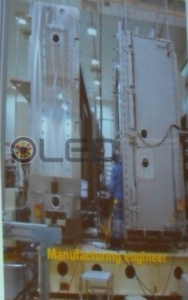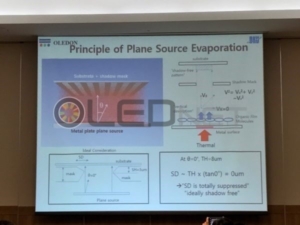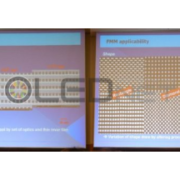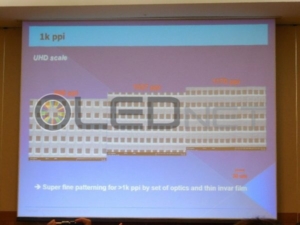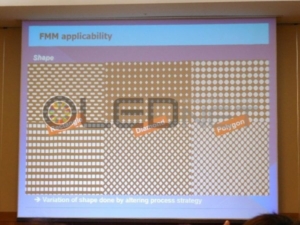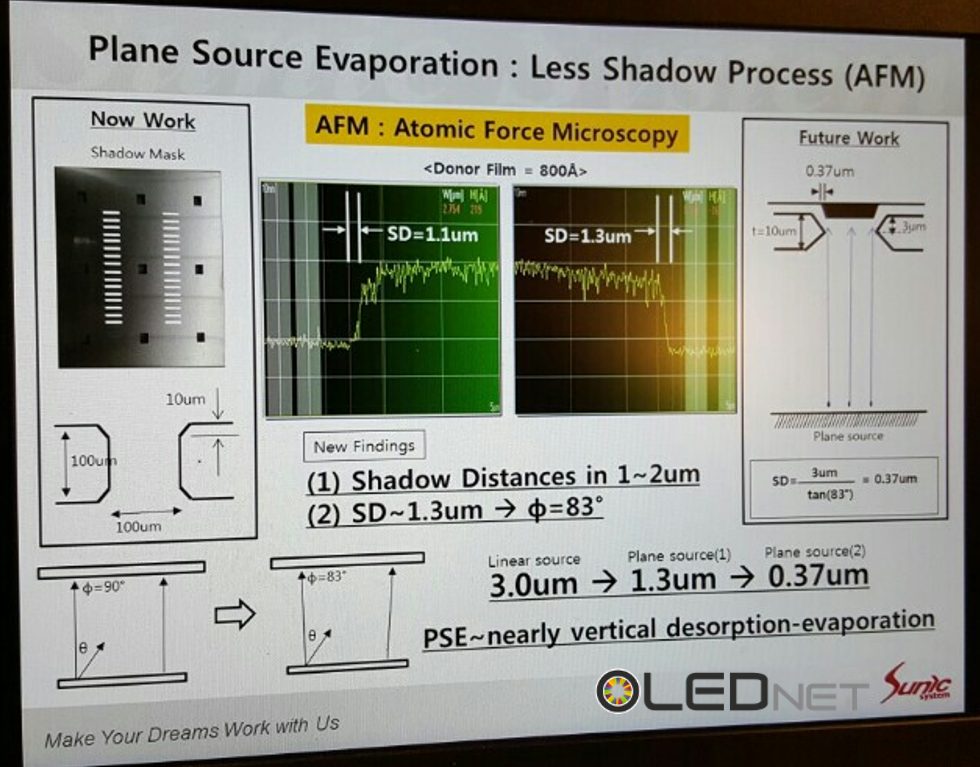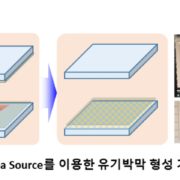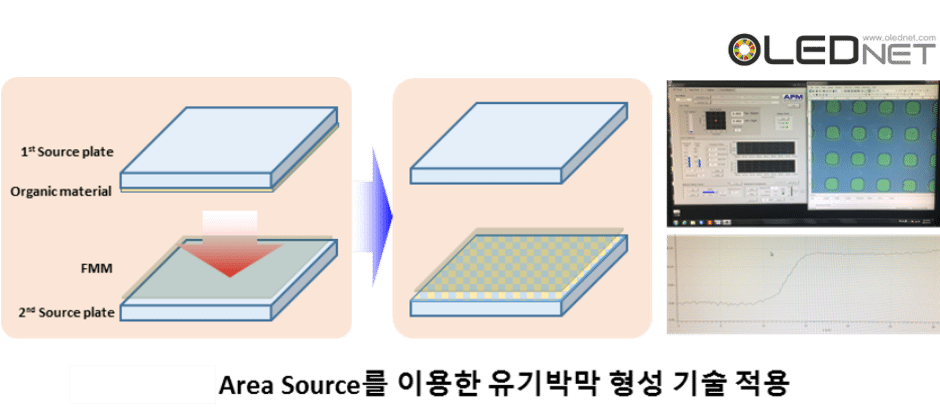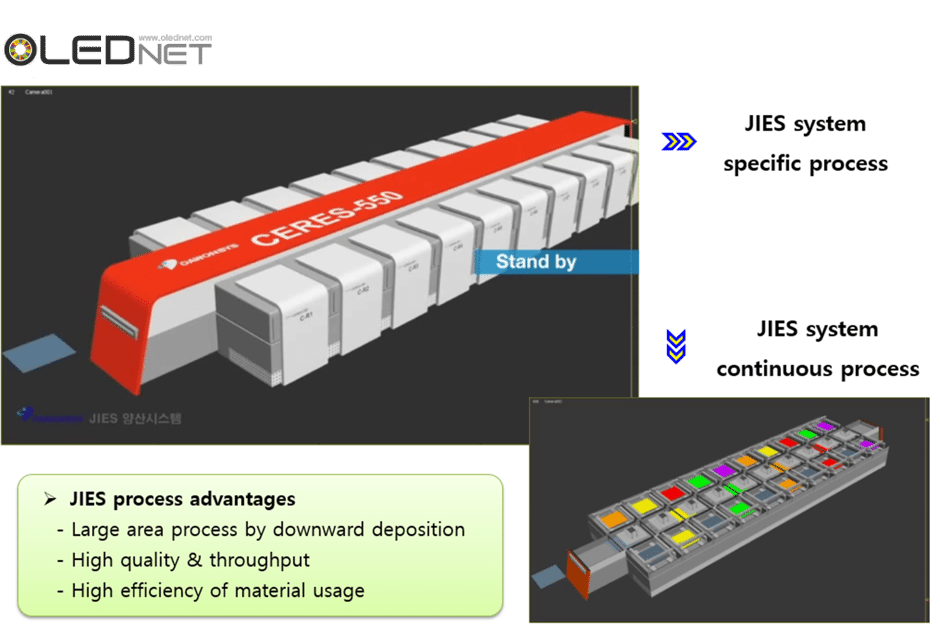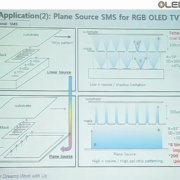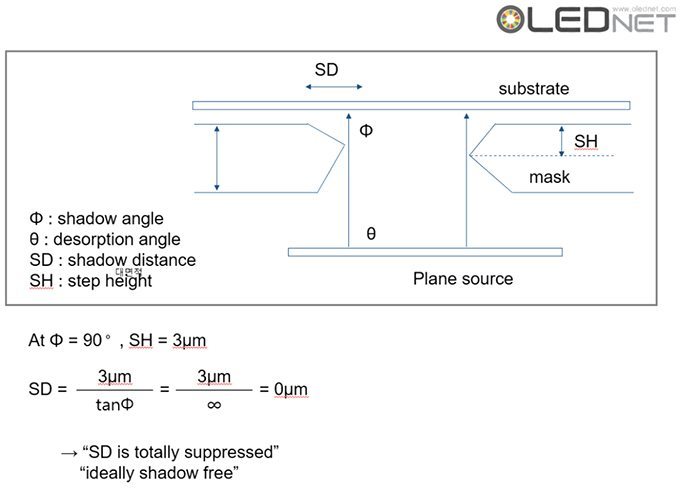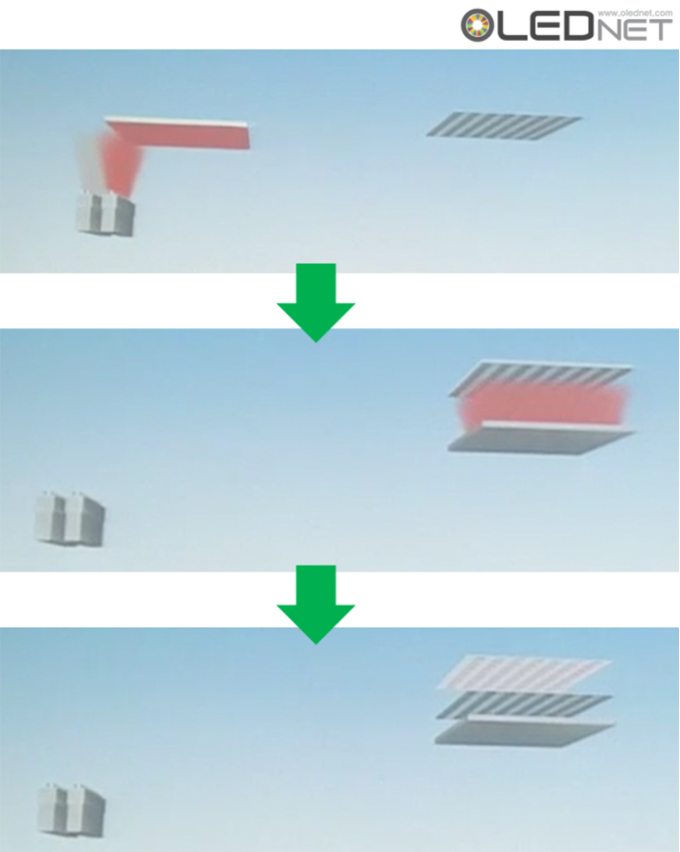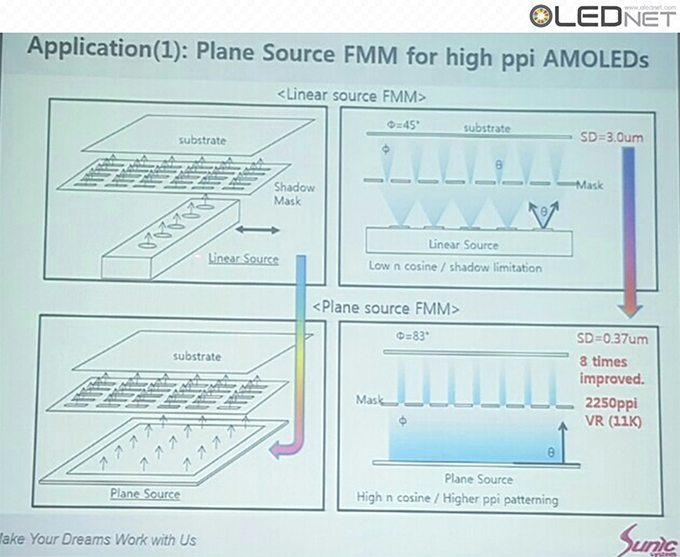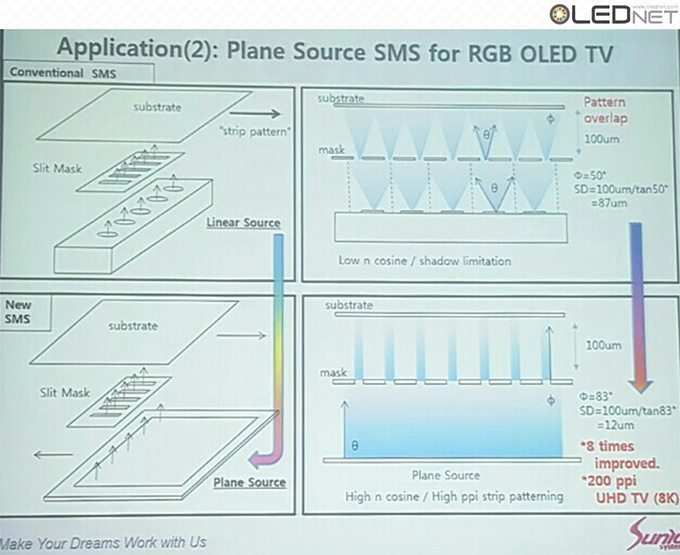[K-Display 2022] FMM Exhibition of Core Materials for OLED Deposition That are Leading in Localization
The K-Display 2022 exhibition, a Korean display industry exhibition was held at COEX in Samseong-dong from August 10 to 12.
Display-related materials, equipment, and parts companies such as Samsung Display and LG Display participated.
As OLED business is expanding from Smartphones and TVs to IT such as Notebooks, Tablet PCs and Micro OLED, related parts makers drew attention in exhibitions.
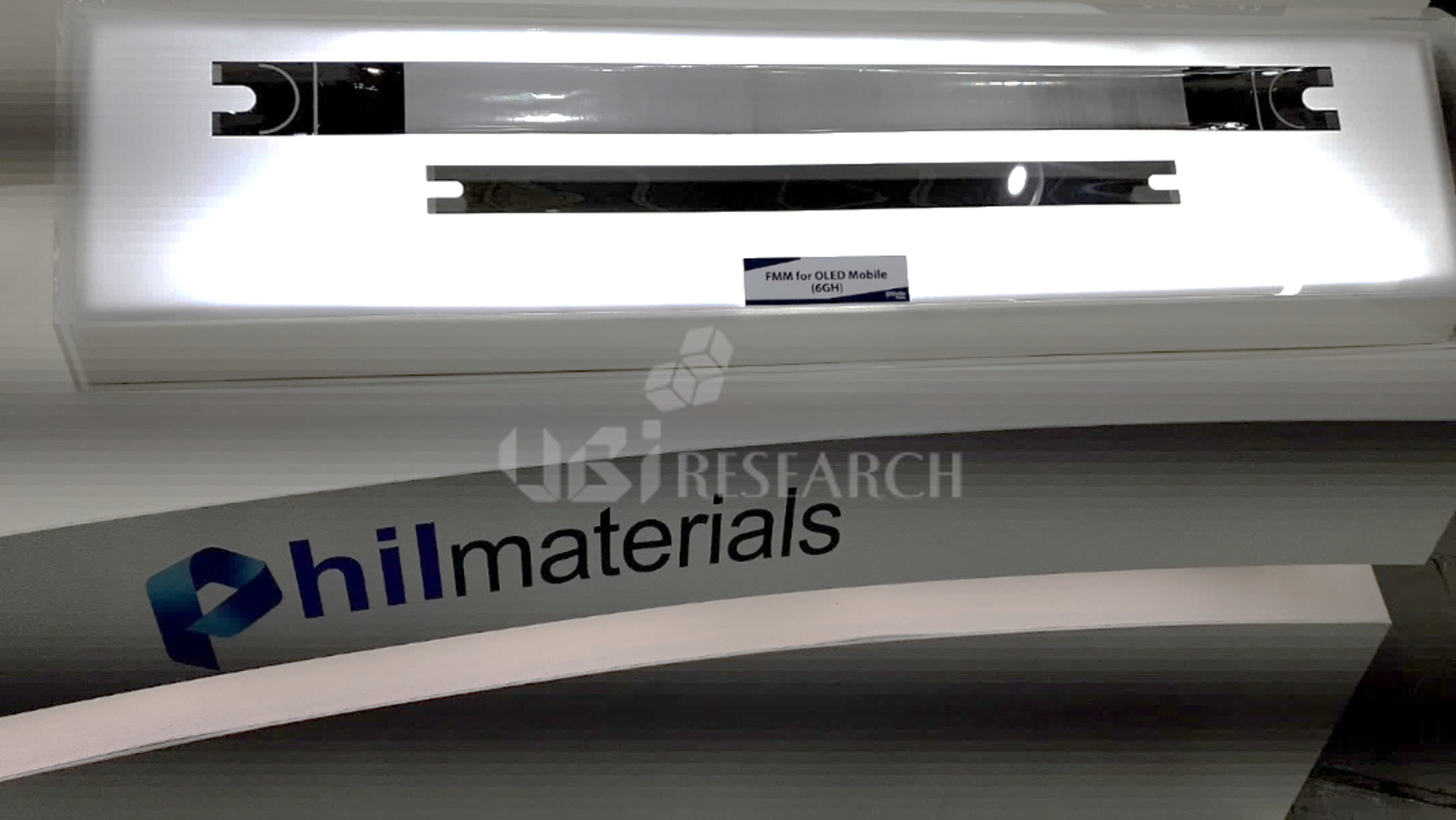
FMM for OLED Mobile(6GH)/ Philmaterials
Invar, which is used for metal masks, is an iron-nickel alloy material necessary for manufacturing FMM for depositing RGB in OLED manufacturing.
Phillmaterials is using Invar as an ultra-high resolution display material because it has a low thermal expansion rate and thin thickness using the electroplating method.
Pixel Shadow can be improved compared to the compressed FMM. 6G half-sized OLED mobile masks and IT masks were also displayed.
Unlike the existing FMM method, Olum Materials used a method of attaching individual cells to a frame.
It is effective in preventing sagging in a large area, and if a mask is defective, it has the advantage of not replacing the entire mask.
Olum Materials exhibited a mask of 6G half size, they are developing it in the lead of localization.
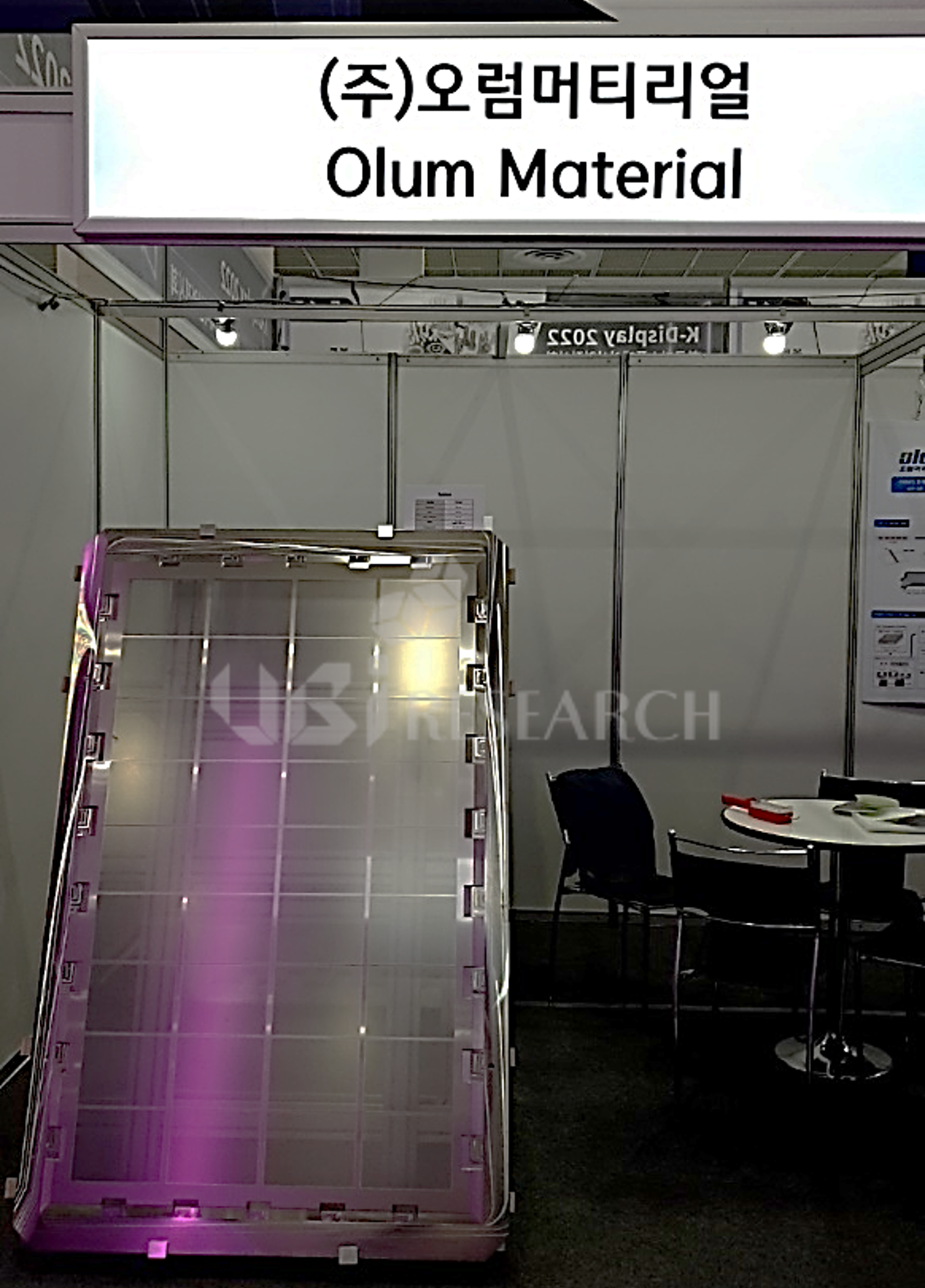
FMM/ Olum Material

FMM for micro OLED/ APS Materials
Because FMM for micro OLEDs requires finer holes, APS Materials introduced patterning laser technology using high-power lasers, the 2,050 ppi FMM, which can pattern on 8-inch wafer substrates used in display fields for AR and VR.

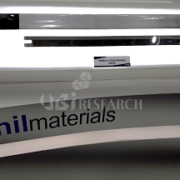
 2022 OLED Component and Material Report Sample Download
2022 OLED Component and Material Report Sample Download